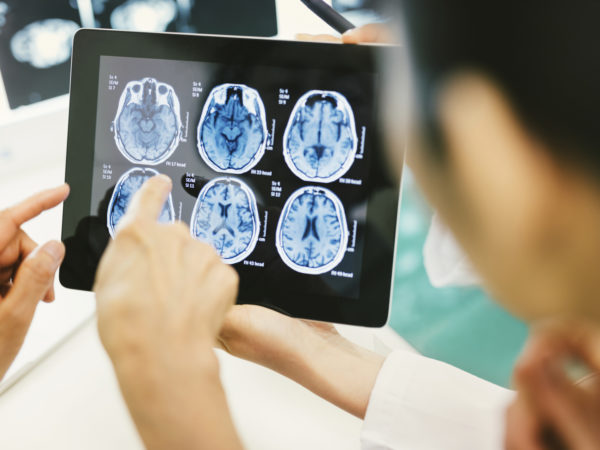Does Chewing Gum Cause Migraines?
I recently heard that chewing gum regularly can cause migraine headaches, especially in teenagers. Is there anything to this? If so, what is the connection?
Andrew Weil, M.D. | March 10, 2014

Chewing gum does appear to contribute to migraines and tension headaches in some teens, according to a small study from Tel Aviv University’s Meir Medical Center. The study found that if gum chewing is the problem, the headaches should cease once kids stop doing it, a neat solution to migraines that doesn’t require expensive tests or medicines. The findings were published online on November 4, 2013, by Pediatric Neurology.
Headaches are common in childhood, and they become more common and frequent during adolescence, particularly among girls. Typical triggers are stress, lack of sleep, heat, video games, noise, sunlight, smoking, missed meals and menstruation.
The chewing gum connection to migraines and tension headaches came to light after pediatric neurologist Nathan Watemberg observed that many of his young headache patients, particularly the teenage girls, chewed gum daily. When he suggested that the kids stop chewing gum to see what happened, in many cases, they became substantially better.
In a more formal study, Dr. Watemberg and his team found that out of 30 patients between the ages of six and 19 who had chronic migraine or tension headaches and chewed gum for at least one hour and up to more than six hours a day, 26 reported significant improvement, and 19 found that their headaches disappeared entirely when they stopped chewing. Later, 20 of the youngsters whose headaches had improved agreed to resume gum chewing to see what would happen. All of them reported a return of their headaches within days.
Two previous studies have linked gum chewing to headaches. One suggested that the habit stresses the temporomandibular joint, or TMJ, the place where the jaw meets the skull. The other blamed the artificial sweetener aspartame, used in many popular “sugarless” chewing gums. TMJ dysfunction has been shown to cause headaches, while the evidence remains mixed on aspartame.
Dr. Watemberg said he favors the TMJ explanation because gum is flavorful for only a short period of time, which suggests that it does not contain much aspartame. If aspartame were to blame, he noted, one would expect a lot more headaches in people who consume diet drinks and other artificially sweetened products. The TMJ connection seems to make sense because people chew gum well after the taste is gone, putting a significant burden on the TMJ, which is already the most used joint in the body.
“Every doctor knows that overuse of the TMJ will cause headaches. I believe this is what’s happening when children and teenagers chew gum excessively,” Dr. Watemberg added.
Bottom line: if you’ve got a gum-chewing kid who complains of headaches, the solution may be simple.
Andrew Weil, M.D.
Source:
Nathan Watemberg, et al, “The Influence of Excessive Chewing Gum Use on Headache Frequency and Severity among Adolescents,” Pediatric Neurology, 2013; DOI: 10.1016/j.pediatrneurol.2013.08.015









